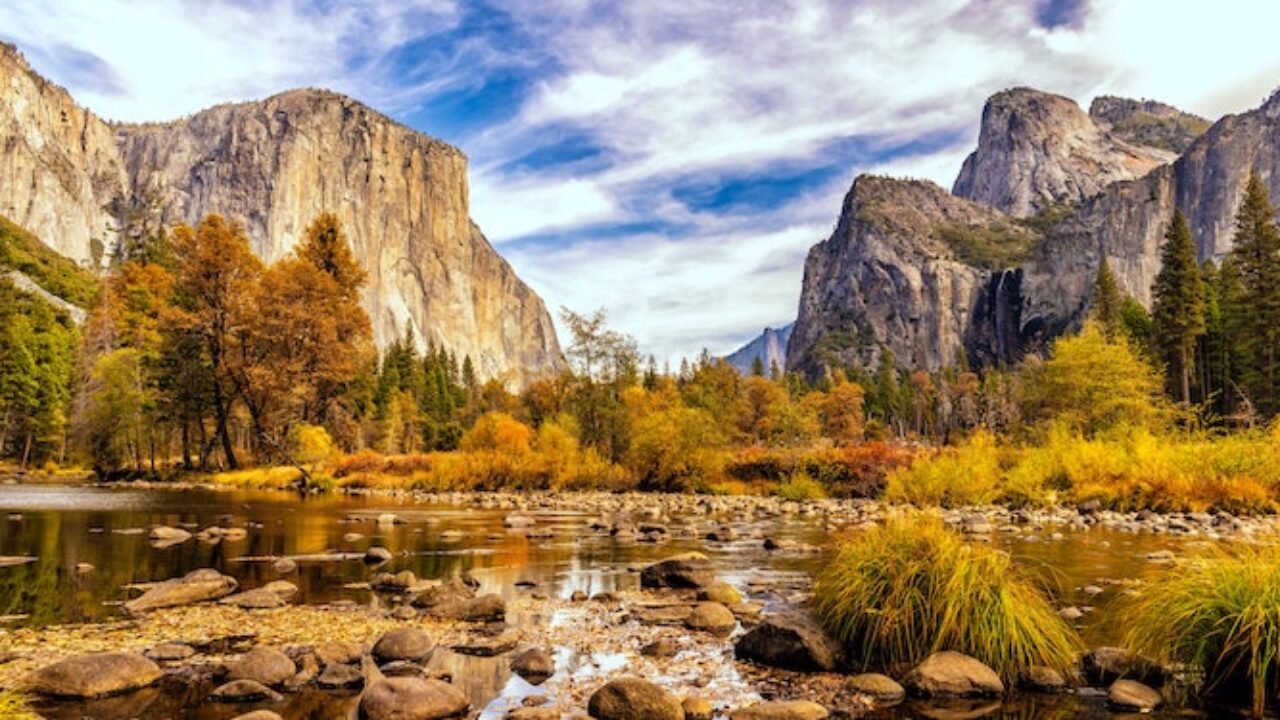As the world faces increasing environmental challenges, national parks have become a critical part of protecting and preserving our natural resources. National parks provide an invaluable opportunity to connect people with nature and create a lasting legacy for future generations.
But in order to ensure that they remain viable, there are both challenges and opportunities associated with their sustainability into the future. This article will explore various issues related to the preservation of national parks and how we can meet these challenges head-on while taking full advantage of available opportunities.
Join us as we take a closer look at the future of our nation’s most treasured spaces!
Exploring the Impact of Climate Change on National Parks
As the climate crisis deepens, national parks, such as Bwindi Forest, are increasingly vulnerable to its effects. In many cases, these cherished natural areas have been heavily impacted by shifts in temperature, precipitation, and land use that can lead to changes in vegetation and animal populations. Exploring the impact of climate change on national parks is vital to understanding how best to protect them for future generations.
Recent research has revealed a number of ways that global warming has already begun to alter beloved landscapes across America’s protected lands: from rising sea levels threatening low-lying coastal regions like Everglades National Park; warmer temperatures leading to an increase in pests and disease outbreaks at Yosemite; more frequent droughts causing drastic water shortages at Yellowstone; melting glaciers gradually shrinking Glacier National Park; and alterations of species migration patterns due to shifting weather events throughout numerous other locations.
The consequences of these changes will be felt far beyond just our nations parks as they often serve as living laboratories for scientists studying a wide range of topics related to conservation biology, geology, plant ecology, or wildlife management – all crucial components not only for preserving nature but also humanity itself. As such it is critical that we continue researching the environmental impacts of climate change on national park systems so that we may develop sound strategies for protecting them over time.
Assessing Challenges to Park Management and Sustainability

The challenge of park management and sustainability is a major issue for national parks around the world. As parks become more popular, they are facing increasing pressure from visitors which can have negative effects on their environment and resources. This article will discuss the current challenges to park management and sustainability as well as potential opportunities for future improvement.
As population growth increases in many areas, so does the demand for access to public lands such as national parks. To accommodate these increased numbers of visitors, there must be proper planning and regulation in place that takes into account ecological needs while also providing convenient access points with minimal disruption on surrounding environments. Issues such as overcrowding and illegal activities need to be addressed if sustainable use of these areas is to remain viable in the long term.
In addition, climate change poses a significant threat to national parks due to its impacts on species diversity, water availability, air quality, and other environmental factors that affect visitor experiences within them. It is essential that resource managers develop plans that take into account how changing climates might affect certain ecosystems within their boundaries while at the same time exploring ways of mitigating any adverse effects through adaptive strategies or conservation efforts.
There are also economic issues related to park management since it often requires funds from taxes or grants from various sources in order to maintain operations or develop new initiatives aimed at improving sustainability measures within them. Finding innovative solutions for generating revenue without compromising natural resources is key for ensuring financial stability over time without sacrificing protection standards set by governing bodies like UNESCO World Heritage Sites designations or other international organizations involved with nature conservation efforts worldwide.
Finally, education plays an important role when it comes to promoting responsible stewardship among visitors who may not know much about preserving delicate ecosystems found inside protected areas like national parks – either through school visits or interactive media campaigns targeting tourists coming from abroad who may not understand local regulations regarding animal encounters etcetera.
Providing information about best practices when visiting helps ensure both safeties of people entering those spaces plus respect towards wildlife living there so all can coexist harmoniously now but even better still in future generations too!
Utilizing Innovative Strategies for Conservation and Preservation
The conservation and preservation of National Parks is an increasingly pressing concern for the future. Innovative strategies are desperately needed to ensure sustainability and success for these precious sites.
As part of this effort, new technologies can be employed such as developing predictive analytics that monitor changes in climate; engaging stakeholders through crowdsourcing platforms; utilizing renewable energy sources like solar or wind power; incorporating eco-friendly transportation systems like electric bikes or shuttles; creating urban green spaces to help mitigate impacts from nearby cities, and promoting educational programs about the importance of preserving natural habitats.
By embracing cutting-edge solutions, National Parks may not only survive but also thrive into the future.





